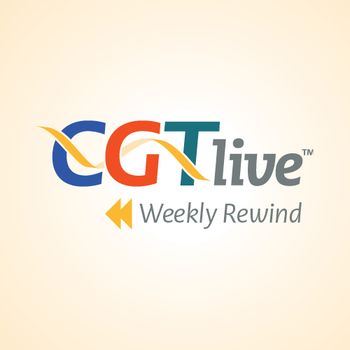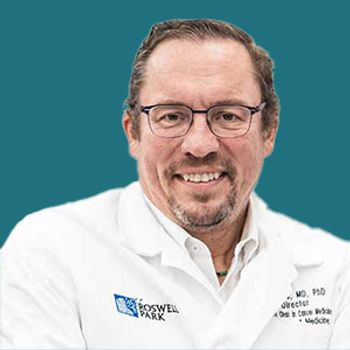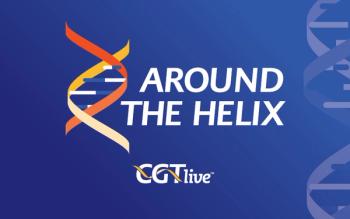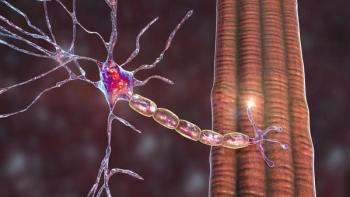
Nicholas Giovannone, PhD, on Using Bispecific Antibodies to Redose AAV Gene Therapy
The senior principal scientist at Regeneron discussed an advanced approach to enabling gene therapy redosing.
“The end result was that we were able to redose with a second AAV vector in the monkeys and achieved much higher levels of transduction than monkeys that received no immunomodulation.”
Adeno-associated virus (AAV) vector-based approaches are very common in the field of gene therapy, across both FDA-approved products and therapeutic candidates that remain in development. Despite its advantages, a major drawback to AAV vector-based approaches is that redosing of the same product, or other products based on AAV vectors, typically poses too much of a safety and efficacy risk to be feasible. As such, a number of methods to overcoming this challenge are being explored.
At
In an interview with CGTLive® at the conference, Giovannone explained the rationale behind the research and the key results that he is presenting at the meeting. He noted that his team focuses on prophylactic immunomodulation—intervening before AAV administration to prevent an antibody response from forming in the first place. Rather than using broad immunosuppression, they’ve pursued targeted strategies grounded in basic immunology. Giovannone also pointed out that rituximab is not so great at depleting B-cells in the critical areas needed to prevent an antibody response, namely, the lymph nodes and spleen.
In nonhuman primate studies, Regeneron's bispecific antibody approach successfully suppressed the immune response, allowing for AAV redosing. He emphasized that these methods are transient, aiming to maintain a seronegative state only during key treatment windows, potentially enabling flexible and repeatable gene therapy.
REFERENCE
1. Giovannone N. Successful AAV vector re-administration via two distinct B cell immunomodulation strategies in non-human primates. Presented at: at ASGCT 28th Annual Meeting, held May 13 to 17, 2024, in New Orleans, LA.
Newsletter
Stay at the forefront of cutting-edge science with CGT—your direct line to expert insights, breakthrough data, and real-time coverage of the latest advancements in cell and gene therapy.











































